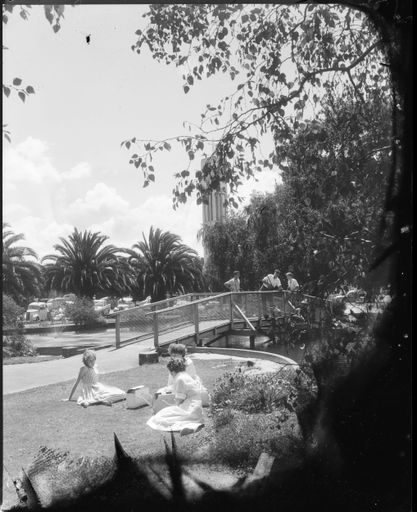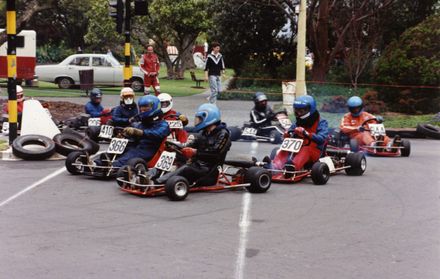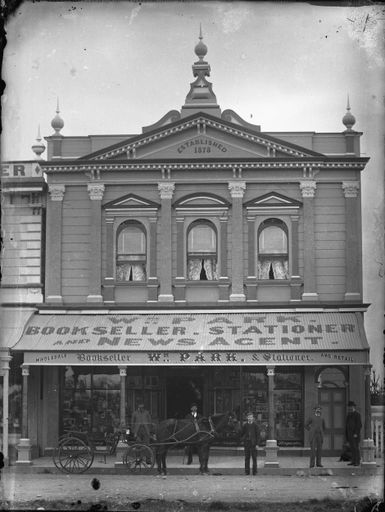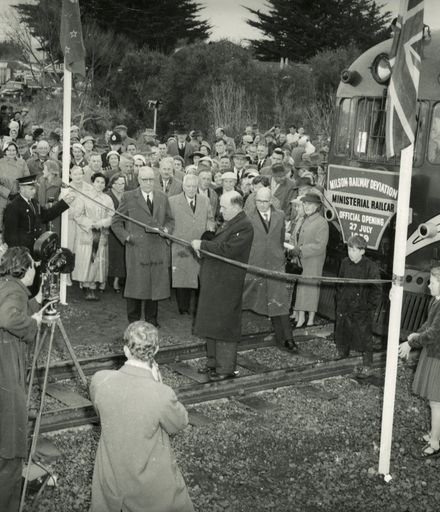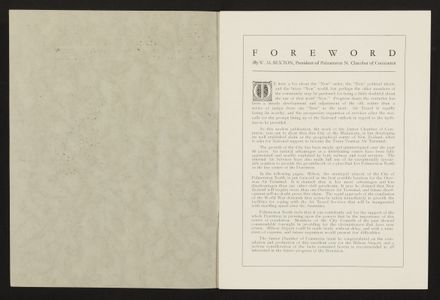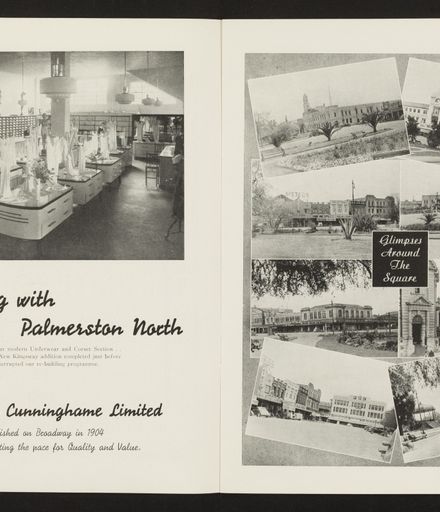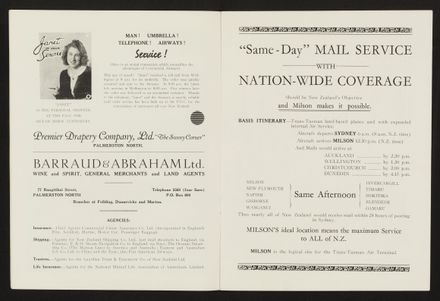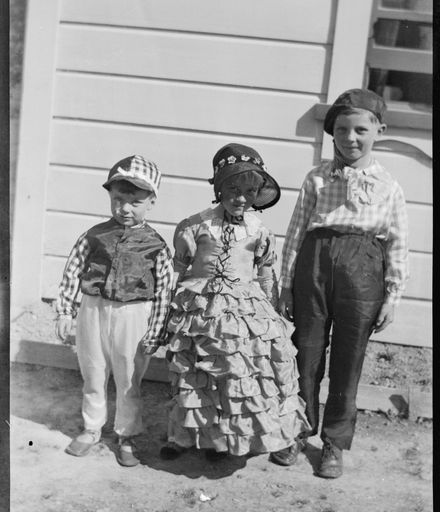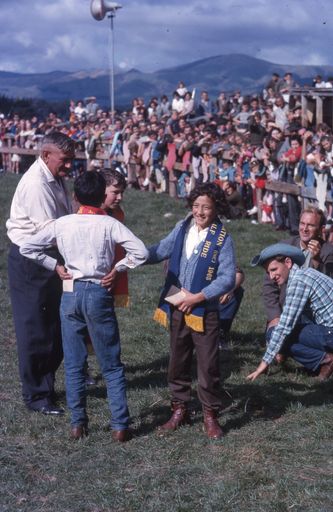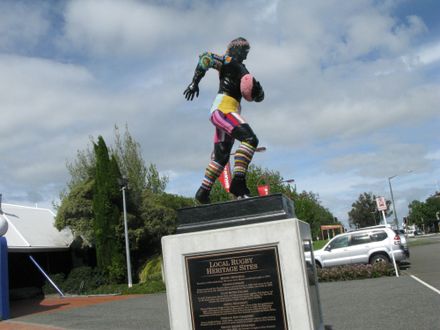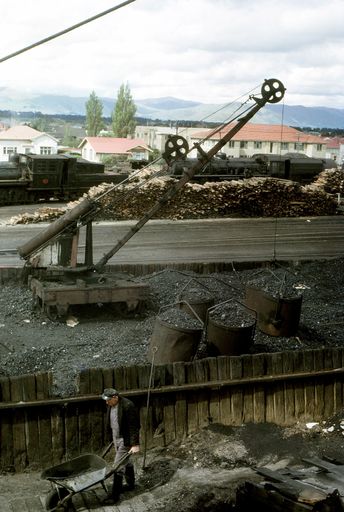Palmerston North Technical School, Boys' Class Photo
Print showing the Palmerston North Technical School class of 1935. The back of the print reads, "PN Technical School 169 Boys - 1935" and "[?] Thomson".
Palmerston North Technical School was founded in 1902, with art classes conducted by the Wanganui Education Board. 1906 saw organization of Technical Classes handed to Palmerston North Boys' High Board of Governors. Mr. F. D. Opie was appointed the first Director in 1908 and worked tirelessly building the role and expanding options until his death in early 1924. the secondary School moved to Rangitikei Street in 1956 and was renamed Queen Elizabeth College.


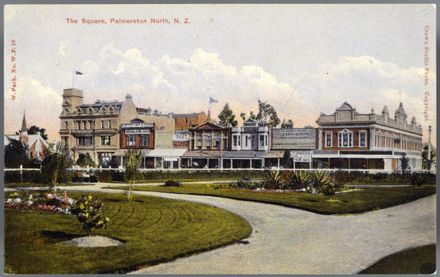




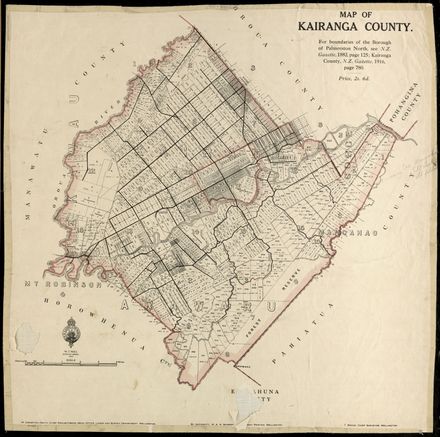

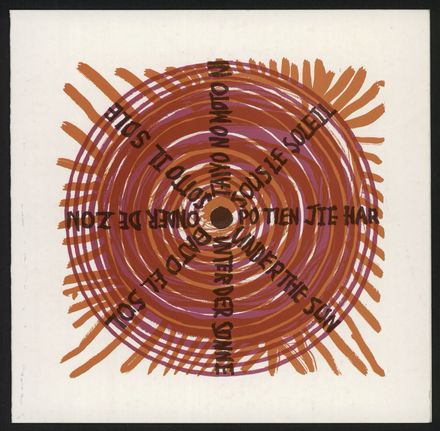
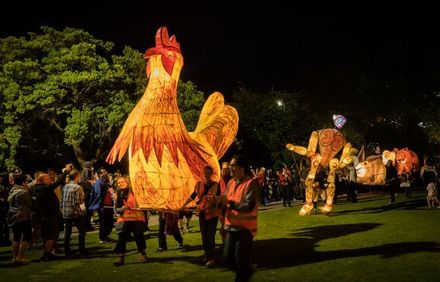






!["One of Her First Admirers" [Girl with Dog] "One of Her First Admirers" [Girl with Dog]](https://d28dhd8eubcyz4.cloudfront.net/iiif/2/curtis-production2-cache%2F1%2F7%2Fe%2F294f0b-6af2-4ba0-bee6-3786b572124d%2Fresize_master_d71bc506254aaf29dd246430f2ac4b46.jpg/full/!440,512/0/default.jpg?sig=ba3ee15c1bc43ea712d94d877c2891915f426b2e&ver=1628951083&v=1.2.3)
